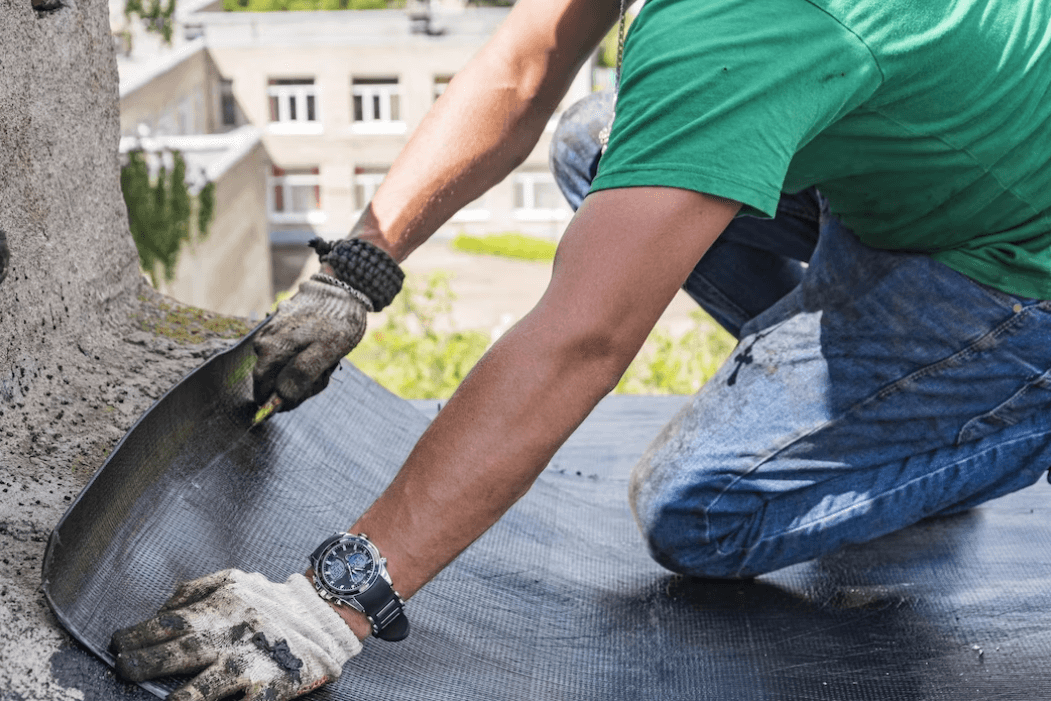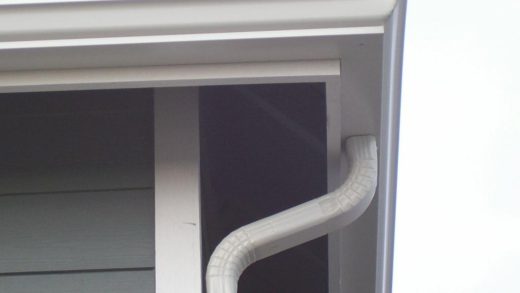Rubber Roofing – Attractive and Environmentally Sound
Rubber roofing is an attractive and environmentally sound option for those looking to upgrade their roof. With sustainability and durability at the forefront of its design, rubber roofing has become a popular choice among homeowners and businesses alike.
But what makes this type of roofing so special? In this blog post, we will delve into the benefits of rubber roofing, explore the different types of materials available, discuss installation techniques, maintenance tips, and share successful case studies that showcase just how effective this green building solution can be. So let’s get started!
Why Choose Rubber Roofing?
Rubber roofing has become a popular choice for many homeowners due to its numerous benefits. One of the main reasons why people choose rubber roofing is because it is a sustainable and environmentally sound option.
Another advantage of rubber roofing is that it offers exceptional durability and longevity. Rubber roofs are known to withstand extreme weather conditions, including hailstorms and heavy rainfalls, without sustaining any damage.
In addition to its practical advantages, rubber roofing also has aesthetic appeal. Unlike traditional shingles or tiles, rubber can be molded into various shapes and colors, allowing homeowners more design options.
Types of Rubber Roofing Materials
When it comes to rubber roofing, there are several materials to choose from. Each type has its unique properties that make them suitable for different applications.
The first and most common type of rubber roofing material is EPDM (Ethylene Propylene Diene Monomer). This synthetic rubber membrane is highly durable and has excellent weather-resistant properties.
Another option is TPO (Thermoplastic Olefin), which offers superior energy efficiency due to its reflective surface. It’s also lightweight and flexible, making it easier to handle during installation.
For those who prefer the look of traditional shingles or slates, there are rubber options available as well. These shingles mimic the appearance of natural materials but offer all the benefits of synthetic rubber roofing such as durability and low maintenance requirements.
Installing Rubber Roofing
When it comes to installing rubber roofing, there are two options: professional installation or doing it yourself. While DIY might seem like a cost-effective solution, you should consider the complexity of the process before embarking on this project.
If you decide to go with professional installation, make sure to find a reputable company experienced in rubber roofing installations. They will have the necessary expertise and equipment needed to complete the job efficiently and effectively.
There are several common techniques used when installing rubber roofing. These include loose-laid systems, ballasted systems, fully adhered systems, and mechanically fastened systems. Each method has its own advantages and disadvantages depending on your particular needs.
Caring for Your Rubber Roof: Maintenance Tips
Caring for your rubber roof is essential to ensure its longevity and maintain its aesthetic appeal. Proper maintenance can also save you money on repairs and replacements in the long run.
One of the simplest ways to care for your rubber roof is by keeping it clean. Regularly remove debris, such as leaves or twigs, from the surface of your roof with a broom or leaf blower. This prevents moisture build-up and reduces the risk of damage caused by standing water.
Inspecting your roof regularly is also crucial. Check for any signs of wear and tear, such as punctures, tears, or cracks in seams. Addressing these issues promptly can prevent further damage that may require costly repairs.
It’s important to avoid using harsh cleaning products when caring for your rubber roof as they can cause damage over time. Instead, use mild soap solutions or specialized cleaners designed specifically for rubber roofing materials.
By following these simple maintenance tips, you can extend the lifespan of your rubber roofing system while maintaining its attractive appearance – all while saving money in the process!
Pitfalls to Avoid When Choosing and Installing Rubber Roofing
When it comes to choosing and installing rubber roofing, you want to avoid some common pitfalls. Firstly, don’t settle for the cheapest option available as low-quality materials can result in leaks and damage in the long run. Always choose high-quality material for your roof.
Secondly, make sure to hire a reputable contractor with experience in installing rubber roofing systems. Don’t just go with any contractor that offers cheap prices or promises quick installations – this could lead to shoddy workmanship and possibly costly repairs down the line.
Thirdly, ensure that all necessary permits are obtained before installation begins. Check with your local authorities on what permits are required for installing a new roof.
Fourthly, improper installation techniques can also cause future issues such as leaks or water damage. Make sure that proper installation techniques are followed according to manufacturer instructions.
Neglecting regular maintenance of your rubber roof can lead to its premature deterioration over time. Regular inspection and cleaning will help prolong the lifespan of your rubber roofing system.
Taking steps to avoid these pitfalls will give you peace of mind knowing that your investment is sound and secure for many years ahead.
Case Study: Successful Implementations of Rubber Roofing
Rubber roofing has become increasingly popular among homeowners and commercial property owners who are looking for a sustainable and environmentally-friendly option. In fact, many businesses have already implemented rubber roofing with great success.
One such example is the Pacific Park Plaza, a 30-story condominium in Emeryville, California. The building’s management team decided to replace their traditional asphalt roof with an EPDM rubber roof after experiencing leaks and damage from severe weather conditions.
Another successful implementation of rubber roofing can be seen at the John Muir Medical Center in Walnut Creek, California. This hospital installed TPO rubber roofing as part of their green initiative to reduce energy consumption and carbon emissions. Not only did they see a decrease in their energy bills, but they also received LEED certification for their sustainability efforts.
The versatility of rubber roofing materials allows them to be used on various types of buildings and structures. For instance, even historic properties like the famous Waldorf Astoria hotel in New York City have opted for rubber shingles over traditional slate or wood options due to its durability and aesthetic appeal.
These case studies showcase how implementing sustainable solutions like rubber roofing not only benefits the environment but also saves money on maintenance costs while adding value to your property.
Conclusion
To sum it up, rubber roofing is a smart and sustainable option for those looking to replace their existing roof or build a new home. The environmental benefits of using this eco-friendly material are numerous, including reducing energy costs and minimizing waste in landfills.
Moreover, the durability of rubber roofing makes it an excellent long-term investment as it can last upwards of 50 years with proper maintenance. Plus, its aesthetic appeal and versatility make it a popular choice among designers and homeowners alike.
Choosing between professional installation or DIY ultimately depends on your experience level and comfort with handling such projects. Still, regardless of which route you take, following proper installation techniques will ensure your roof lasts for decades to come.
If you’re considering switching to a green building approach when replacing or constructing your new roof while keeping sustainability at its core – then rubber roofing should be high on your list!




